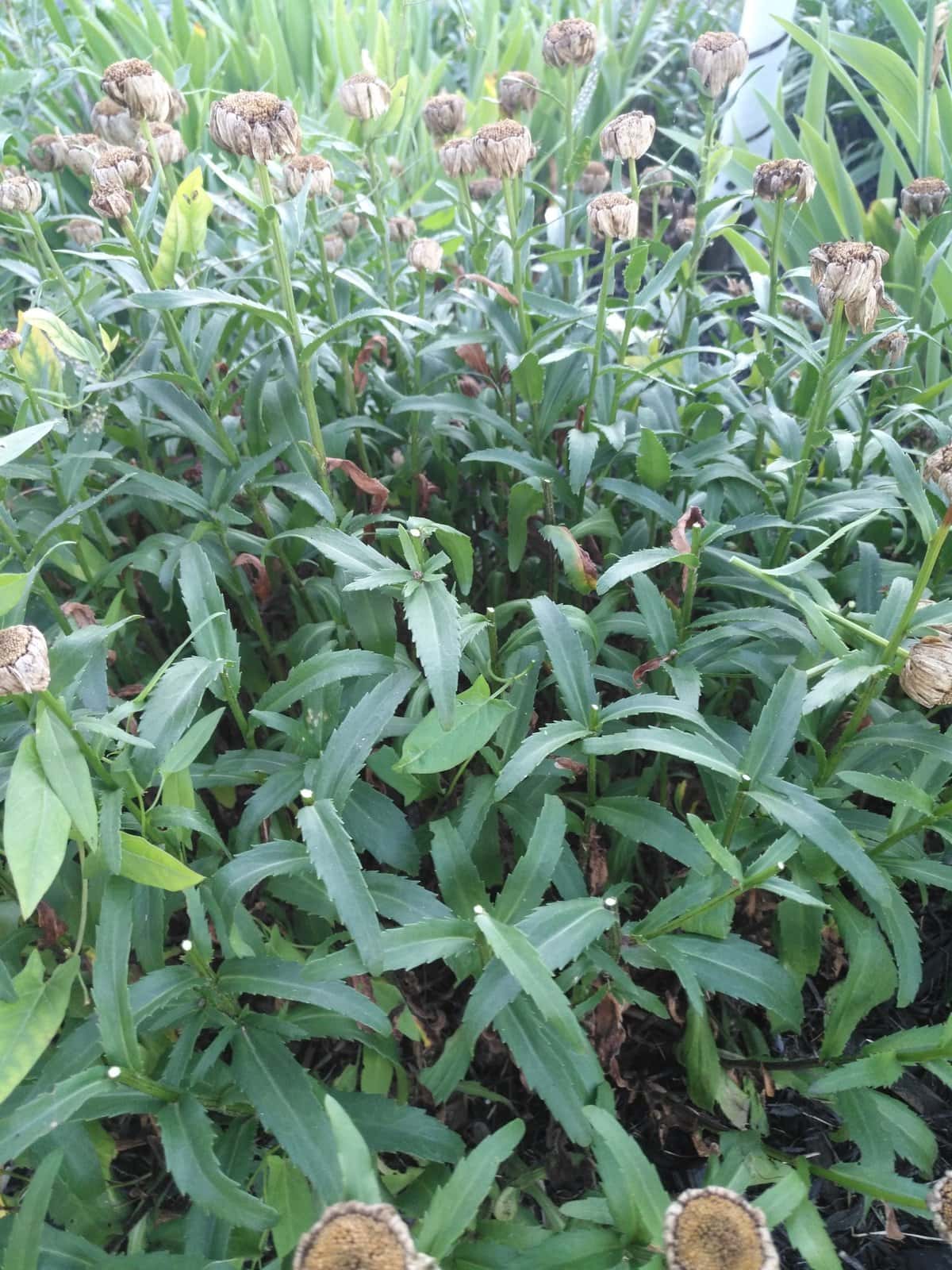Wouldn’t it be great if you could get more than one bloom period from some of your perennials? Well, you can.
Whether you are a gardening guru or just beginning on the journey, one simple task will keep some of your perennials blooming repeatedly.
It’s deadheading. Simply put, deadheading is the removal of spent flower.
Let me share two bits of science with you that might make this point clearer. The first is that we choose our plants because of their beautiful flowers.
That’s our goal but the goal of the plants is much different. The plant aims to produce seed so that it can reproduce itself. To the plant, the flowers are just the means of producing seed.
The second piece of science is that plants have a given amount of energy within them. Where they spend their energy depends on what stage of growth they are in.
As it is starting to grow in the spring, the energy in spent on the leaves. As the plant begins to set flower buds and blooms, it expends energy on forming the flowers.
Once the flower has finished, the plant’s energy goes to producing the seeds. When the plant has gone to seed, it receives the message that it is done its job for the year and stops flowering.
When you put these two pieces of information together, it explains the benefits of deadheading the spent flowers.
By removing the flowers that have finished, you are letting the plant know that it has not reached its goal of producing seed, which tells the plant it needs to produce more flowers so that it can produce some seeds.
Instead of the plant putting its energy into the seed head it now can put its energy into producing new growth – and new growth leads to new flower buds, which will help to keep your perennials blooming.
Not only will deadheading keep your plants blooming, but it also cleans up the overall look of the plant by taking away the brown seedheads.
When removing the spent flowers, make sure you just don’t cut off right below the flower itself, but follow the flower stalk to where it meets, at least, its first leaf buds. Cut there.
You can prune the stem down even lower if desired. This is where the new growth (and new flowers) will be produced.
Many perennials that bloom in May, June and early July can produce more flowers later or throughout the season. A few examples of varieties that benefit from deadheading are: gaillardia (blanket flower), delphiniums, shasta daisies, coreopsis, campanula, balloon flower, coneflower, bee balm, bachelor buttons and dianthus.
Some perennials such as perennial geranium, salvia, nepeta and silvermound will benefit from a hard cut back midsummer.
If you are finding, once done blooming, that the stems of your plant are falling over, and new growth is emerging from the ground in the centre of the clump then you can be cutting back the stems to an inch or two from the ground.
The plant then spends its energy on this new growth and will continue to fill out and produce more blooms.
By following these simple steps of deadheading throughout the summer, you will be able to continue to enjoy the beauty of your garden even longer.
Joanne Young is a Niagara-on-the-Lake garden expert and coach. See her website at joanneyoung.ca.











